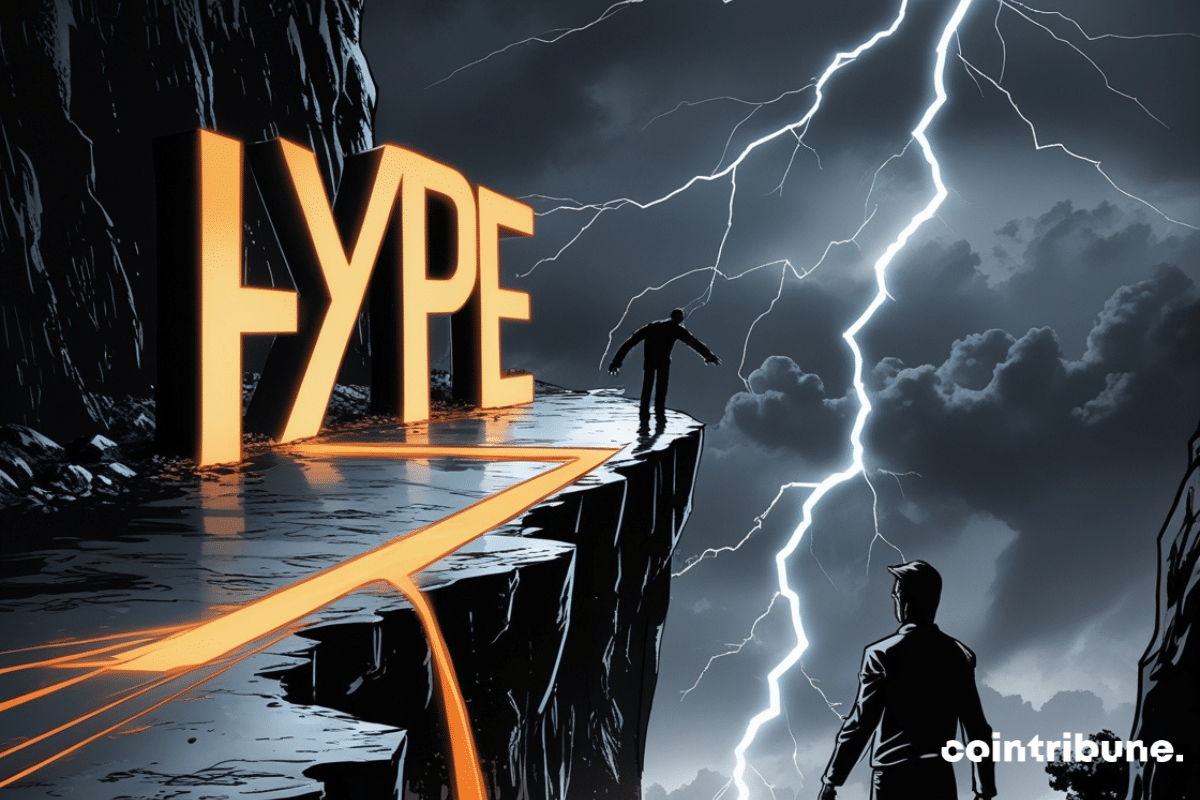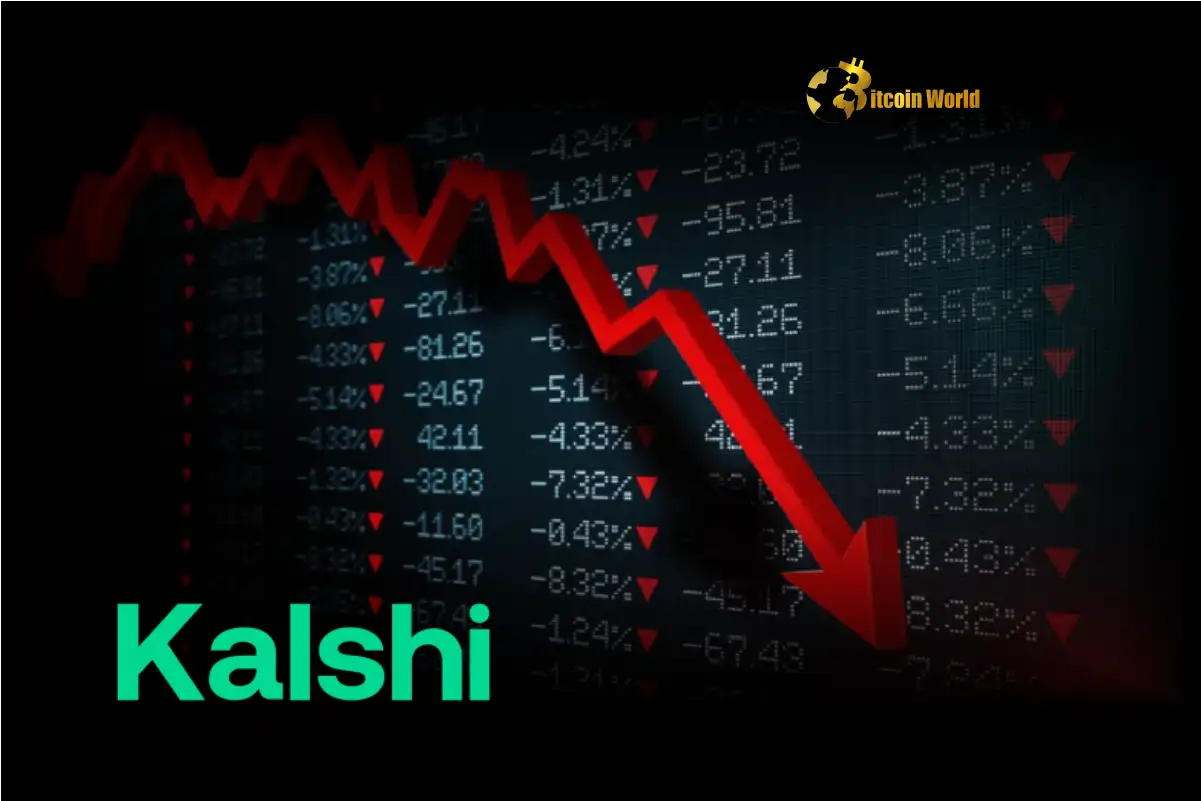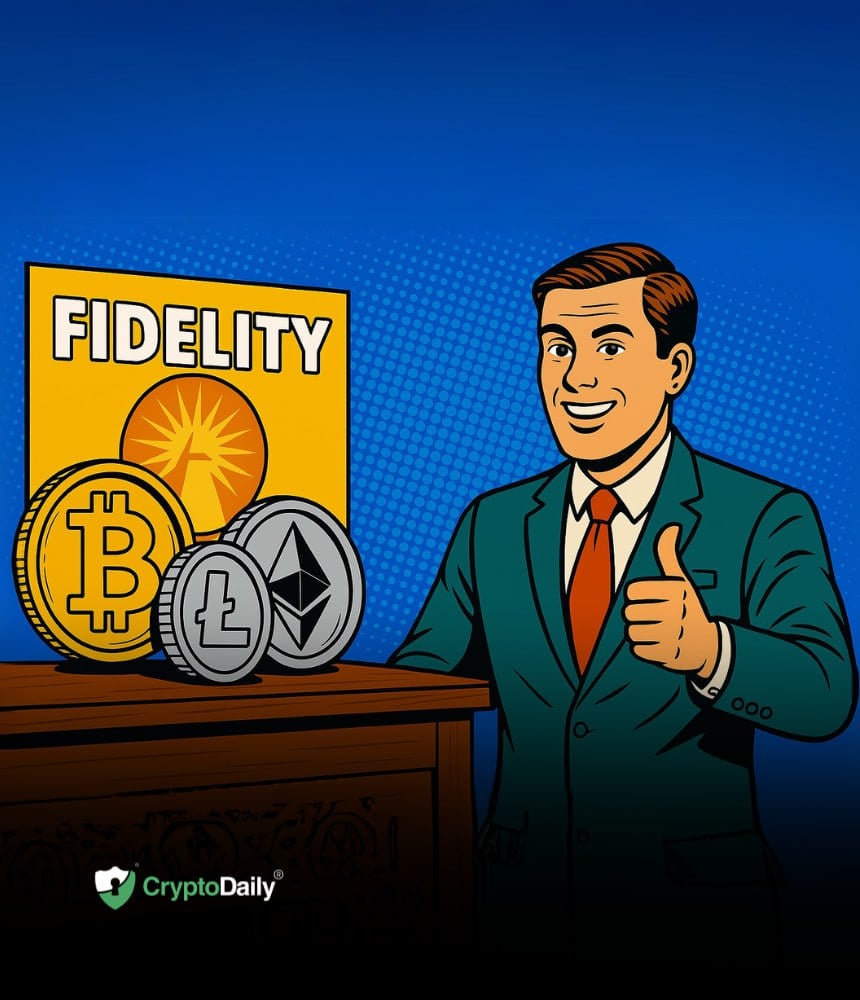 CaryptosHeadlines Media Has Launched Its Native Token CHT.
Airdrop Is Live For Everyone, Claim Instant 5000 CHT Tokens Worth Of $50 USDT.
Join the Airdrop at the official website,
CryptosHeadlinesToken.com
CaryptosHeadlines Media Has Launched Its Native Token CHT.
Airdrop Is Live For Everyone, Claim Instant 5000 CHT Tokens Worth Of $50 USDT.
Join the Airdrop at the official website,
CryptosHeadlinesToken.com
17h35
4
min read 
When a crypto project collapses, the community grits its teeth and dreams of a bright future. But what happens when an entire blockchain falters? With Hyperliquid, the pressure is palpable: this next-generation blockchain must prove its worth well beyond its flagship perpetual exchange, otherwise, its ecosystem could quickly disintegrate. Decoding an emblematic case.


Hyperliquid and the “hyper” ambitious strategy
Since its launch in 2024, Hyperliquid has established itself as an essential player in the DEX universe. Its flagship perpetual trading platform currently captures 70% market share, surpassing rivals like dYdX or GMX. With a transaction volume of $260 million per day, Hyperliquid shows growth that defies predictions.


However, this success is fragile, as the blockchain is severely lacking in developers to expand its ecosystem.
VanEck, an asset manager, reminds us that Hyperliquid’s success relies on a precarious balance.
“If the community does not see its expectations met, the prisoner’s dilemma of the wealthy HYPE holders could quickly derail,” he notes.
With a market capitalization of $25 billion, the HYPE token has seen its value multiplied by five since its airdrop in November 2024, but it must demonstrate its durability beyond market fluctuations.


Why is Hyperliquid making waves? First, its hybrid technology combines the speed of an L1 blockchain with the interoperability of an L3 system. This architecture allows for the processing of 100,000 orders per second, far ahead of dYdX’s 2,000.
Next, its pricing model, more competitive than that of its rivals, attracts large volumes. Finally, its proximity to Ethereum opens up a colossal market: $75 billion in tokens, $111 billion in stablecoins, and $400 billion in ETH.
To maintain this breakneck pace, Hyperliquid must convince more developers to invest in its ecosystem. Today, only half a dozen decentralized applications operate on its EVM testnet. A promising figure, but insufficient to justify such a valuation.
The pitfalls of an ultra-competitive crypto market
The success of Hyperliquid reflects a broader trend: the rise of decentralized crypto exchanges. In December 2024, these exchanges recorded a record volume of $433 billion. But in a sector where open-source codes facilitate copying, DEXs like Hyperliquid must find strategies to protect themselves from competition.
In one year, Hyperliquid has:
- Captured 70% of the perpetual market;
- Generated $10.5 million in revenue in one week of December;
- Recorded $156 billion in trading volume in one month.
However, its model is far from infallible. The HYPE tokens, distributed through a generous airdrop, risk becoming a weak point if the promises of governance and rewards are not realized. Hyperliquid must also overcome the reluctance surrounding its still-closed source code. As the company states in a tweet:
“Open source is important. Our developments will become public once their stability is assured.”
Finally, the delegation program of the foundation, which aims to diversify the validator network, must be realized quickly to reassure a demanding community. While Hyperliquid plays the card of innovation and dynamism, the crypto market does not forgive strategic errors.
The developers at Hyperliquid must also closely monitor threats from the shadows, notably North Korean hackers. Before Christmas, they already caused massive withdrawals amounting to $256 million. If Hyperliquid aspires to a bright future, it will need to navigate cautiously in shark-infested waters. The story is just beginning.
Maximize your Cointribune experience with our “Read to Earn” program! For every article you read, earn points and access exclusive rewards. Sign up now and start earning benefits.
La révolution blockchain et crypto est en marche ! Et le jour où les impacts se feront ressentir sur l’économie la plus vulnérable de ce Monde, contre toute espérance, je dirai que j’y étais pour quelque chose
DISCLAIMER
The views, thoughts, and opinions expressed in this article belong solely to the author, and should not be taken as investment advice. Do your own research before taking any investment decisions.












